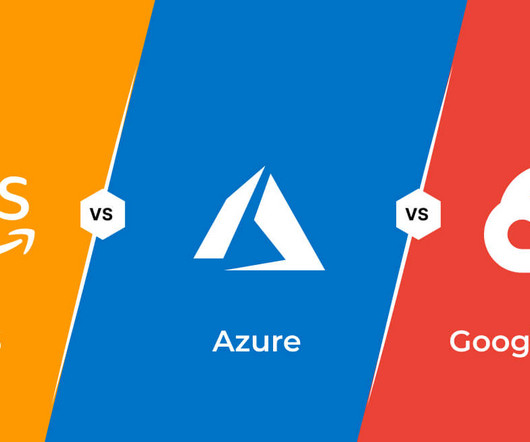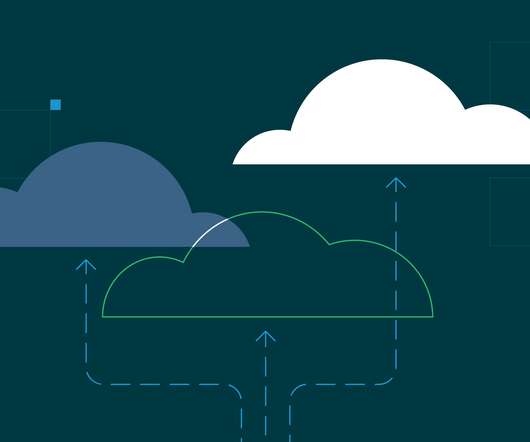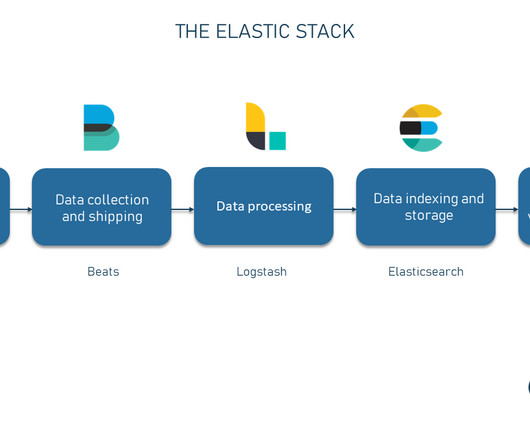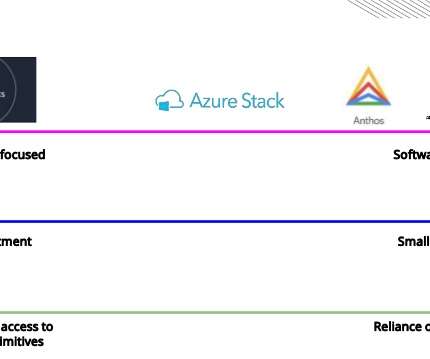AWS vs. Azure vs. Google Cloud: Comparing Cloud Platforms
Kaseya
MAY 13, 2021
The public cloud infrastructure is heavily based on virtualization technologies to provide efficient, scalable computing power and storage. In addition, you can also take advantage of the reliability of multiple cloud data centers as well as responsive and customizable load balancing that evolves with your changing demands.
























Let's personalize your content